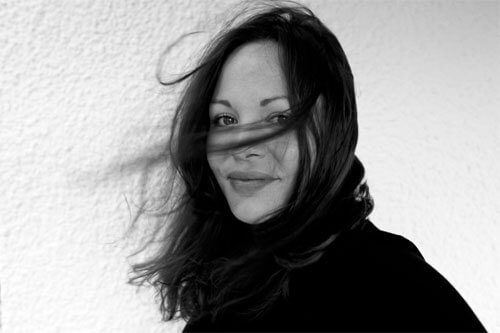
Helen Warner is a fine art photographer living and working in Belfast, Northern Ireland. Originally from Toulouse in the South West of France, Helen is a graduate of The Queen’s University of Belfast where she mastered in Cinema and Modernism.
Her photography is deeply influenced by the intertwining of theatre, intricate costume making and story telling. With the use of traditional props and costumes, Helen creates fantastically freakish images which aim to recreate the opaque world of dreams. Everything you see in these photographs is real, Helen only uses very basic editing.
(Source: Helen Warner Website)